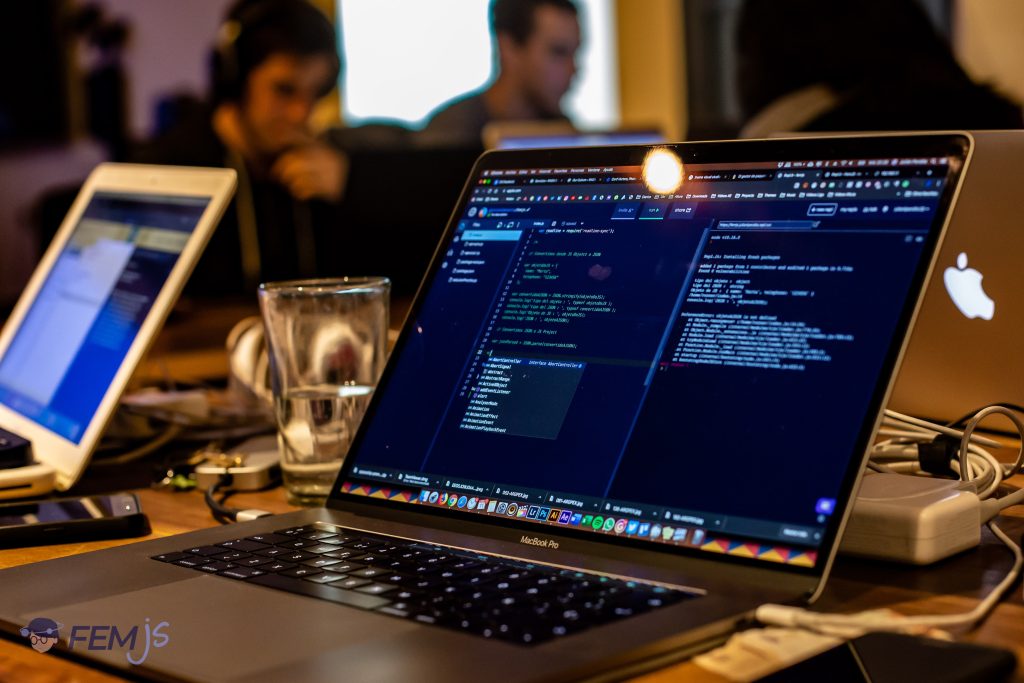Network Security Wikipedia. The Internet has become our primary source of information and communication. As such, it’s essential to secure it from cyber-attacks.
Network security involves protecting computers and networks against unauthorized access or damage. This includes preventing hackers from stealing data, viruses, spam, and other malicious software.
There are lots of things you can do to improve your network security. Here are the seven best things you can do to protect your network:
1. Make Sure Your Network Is Safe from Cyber Threats
Network security starts with ensuring your computer is safe against cyber threats such as hackers, viruses, spyware, spam, and other malicious software.
Protecting Your Network With Firewalls Most networks today have firewalls that monitor incoming and outgoing traffic across a network or local area network (LAN). Firewalls are designed to block unauthorized access while allowing legitimate requests.
Firewalls work by analyzing packets of data entering and exiting a network or computer by comparing them against a database of security rules. If the data matches a rule, the firewall takes an action based on that rule.
2. Install Firewalls and Antivirus Software
Cyber threats are becoming more common and sophisticated every year. To protect yourself from them, you need to install firewalls and antivirus software on your computer.
Install firewalls on all computers in your network. Place the firewall at the edge of your network where it has direct access to the internet. This will ensure that you block any unwanted traffic before it enters your local network or computer. configure the firewall so that it only allows certain services through file sharing, email, web browsing, and so forth.
3. Keep All of Your Software Up-to-Date with Patches and Updates
Your operating system, including the applications and all of its components, needs to be updated regularly with patches and security updates in order to ensure all of its vulnerabilities are patched up.
For example, if you’re using MAC OS, you need to make sure you have the latest version installed and updated. Apple releases updates roughly once every month or two months depending on which version you’re using. If you’re using Windows 10 or 8, you need to make sure that all of your applications, including browsers, Adobe Flash Player, and so forth, are up to date. Make sure you have the latest versions of these applications.
4. Use Strong Passwords for All Users, Including Those with Administrative Privileges
Strong passwords can be difficult to remember, but they’re essential for protecting your accounts from unauthorized access. Most account hacking is done through brute-force attacks or dictionary attacks. Brute-force attacks are where a hacker guesses passwords by attempting several different combinations of possible passwords.
Dictionary attacks involve trying common words found in the dictionary as passwords. Using a combination of upper case letters, numbers, and special characters in your password makes it much harder for hackers to crack.
5. Add an Extra Layer of Account Protection
Two-factor authentication (2FA) adds an extra layer of protection to your accounts by requiring a second method of authentication. For example, you can use 2FA by entering a code texted to your cell phone after you enter your username and password. This ensures that someone can’t gain access to your account without having both your username and password as well as the code sent to your cell phone.
6. Ensure the Availability of a Restore Point in Case Disaster Strikes
When you install software on your computer, make sure that it creates a restore point right before it installs so that if anything goes wrong with it, later on, you can restore it back to the point before it was installed.
If you’re having issues with an application or software, don’t try to fix it yourself unless you’re familiar with computer repair because you might make the issue worse. Instead, restore back to the previous restore point and try uninstalling the application or software again.
